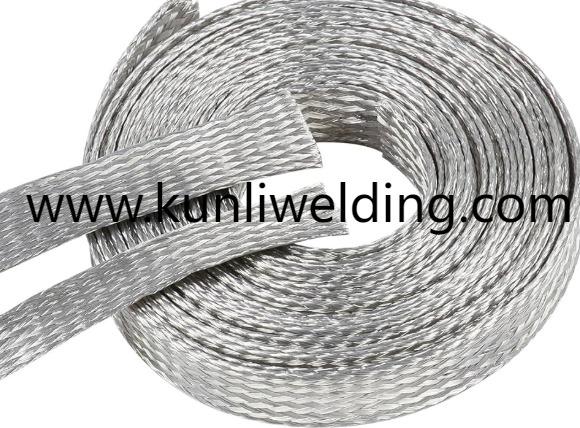Manufacturers and fabricators under pressure to cut weight and extend service life are rethinking filler choices, and Aluminum Welding Wire ER5356 often comes up when teams need a magnesium containing wire that welds reliably across a range of non heat treatable alloys. In workshops moving toward lighter structures and electrified platforms this filler is valued for its balance of strength and weldability while keeping finishing work manageable.
Why ER5356 is widely referenced for non heat treatable alloys comes down to how the weld metal behaves as it cools. The magnesium content in the deposit helps produce a weld bead with useful tensile properties and with a tendency to resist cracking modes that plague some combinations of base metals. For fabricators working on panels, chassis components and repair tasks that will not undergo later thermal strengthening, that behavior matters because it reduces the chance of rework and eases downstream finishing steps.
Practical shop benefits show up in several ways. First, steady arc stability and predictable puddle control help operators produce repeatable beads in manual and mechanized work. That repeatability shortens training time for operators moving between tasks and keeps schedule certainty when production ramps. Second, the deposit tends to accept common surface treatments with fewer prep surprises which is important when paint and protective coatings lines operate on tight timetables.
Fit up and heat control remain decisive partners to any filler choice. Even a wire that welds well on many alloys cannot compensate for poor joint geometry or excessive heat accumulation. Clamping strategies that guide how metal constrains shrinkage and travel techniques that limit input lead to lower residual strain and less distortion. Shops that pair ER5356 with disciplined welding practice find the material's favorable deposit traits translate into fewer interruptions during assembly and in-field repair.
Repair shops and maintenance teams appreciate the wire for field work on equipment and on vehicles. When parts must be returned to service quickly, a filler that forms robust joints with limited post weld work helps reduce downtime. The combination of manageable bead contour and deposit strength makes it easier to restore geometry, to apply sealants and coatings, and to return the asset to operation without extended bench time.
Sustainability and lightweighting trends increasingly influence filler selection. Materials that allow assemblies to be lighter while maintaining structural resilience support longer service life and lower energy use in transport. For projects that emphasize repairability, a wire that enables durable joints without requiring complex thermal cycles aligns with circular maintenance thinking. Procurement teams that factor lifecycle repair and finishing burdens into decisions often find that the modest difference in spool cost is offset by lower labor and materials used over time.
Supply continuity and handling are practical concerns for shops moving to new alloys and new fillers. Choose suppliers who document storage guidance and packaging so spools arrive ready to feed. Handling notes that describe recommended liners drive settings and staging advice reduce the chance that a spool will introduce feed issues or surface contamination that shows up as porosity. When supply chains tighten, consistent packaging and clear product notes shorten qualification times and keep lines moving.
Testing on representative assemblies is the most direct way to confirm expectations. Run test welds that mirror the actual joint geometry and finishing steps you use in production. Inspect bead profile and check for discontinuities and for required dressing. These hands on checks reveal whether ER5356 yields the expected reduction in rework for your specific tasks and help teams make procurement choices anchored in shop outcomes.
In short, ER5356 performs well across a variety of non heat treatable alloys when it is paired with controlled heat input, sensible fit up and careful handling. For production teams balancing appearance tolerance repair schedules and lifecycle aims, a focused qualification program plus clear supplier guidance makes it easier to convert filler selection into dependable daily results. For product details and handling recommendations visit the manufacturer product page at www.kunliwelding.com .



